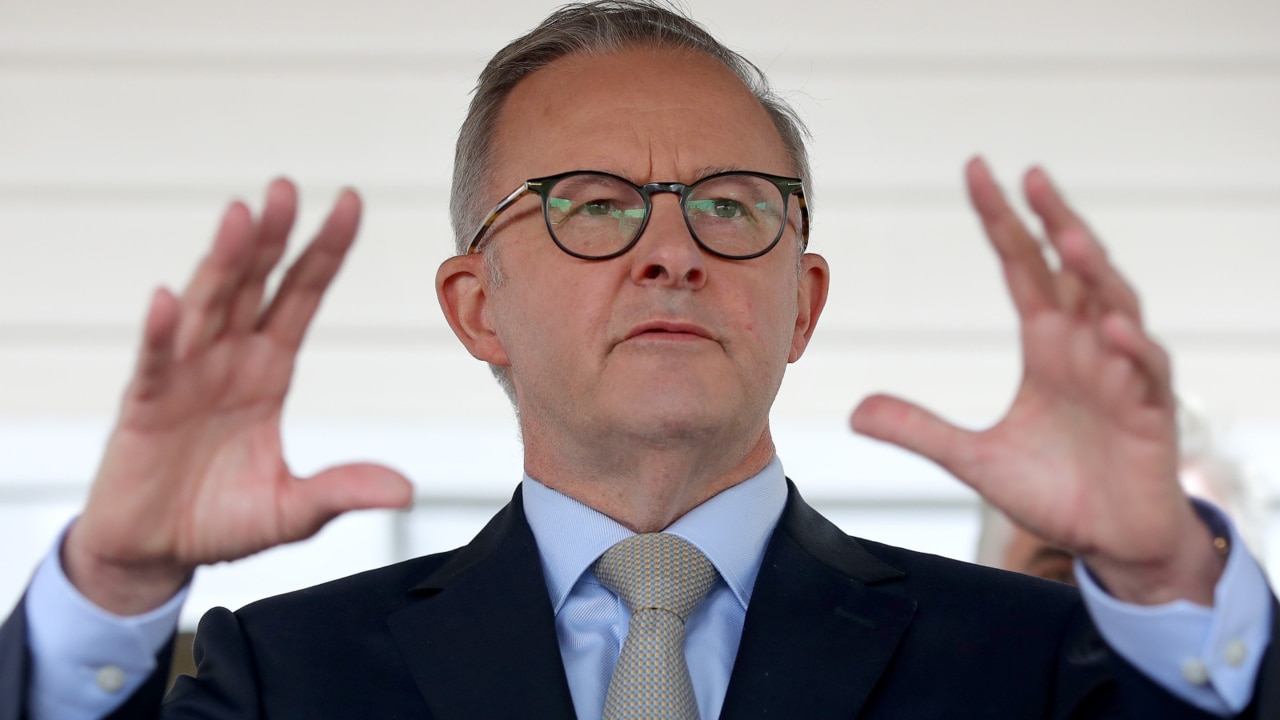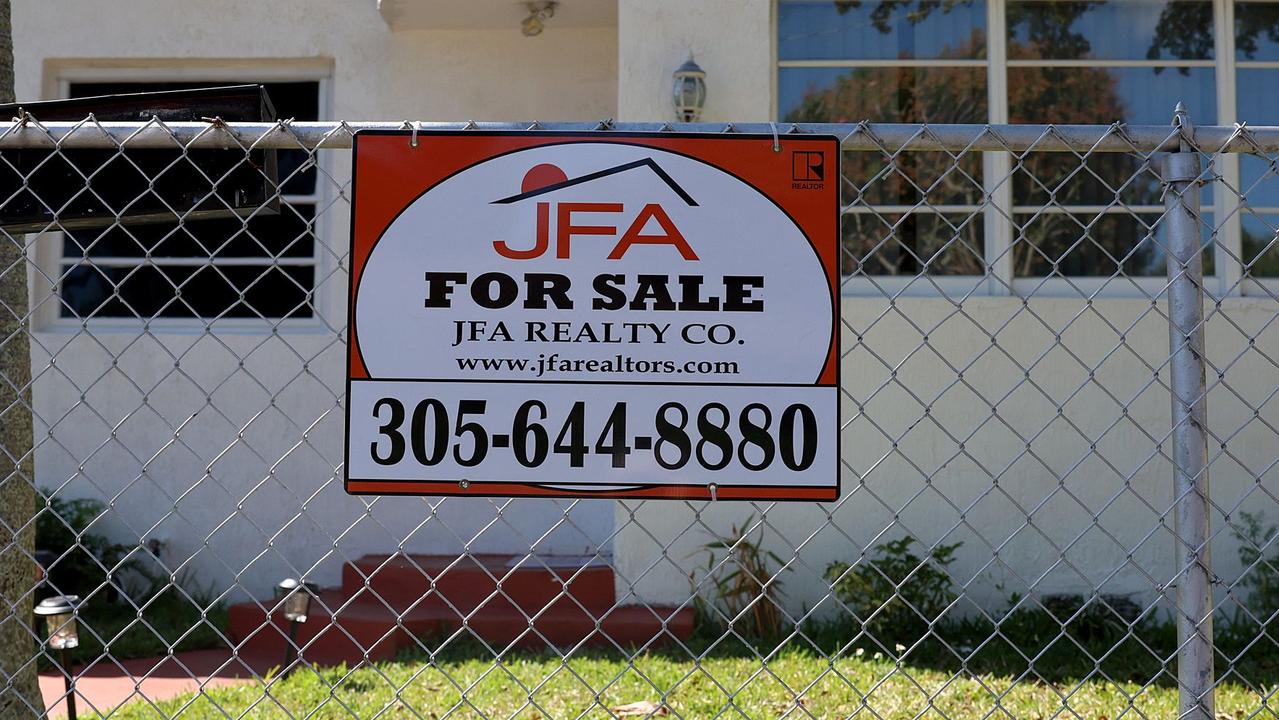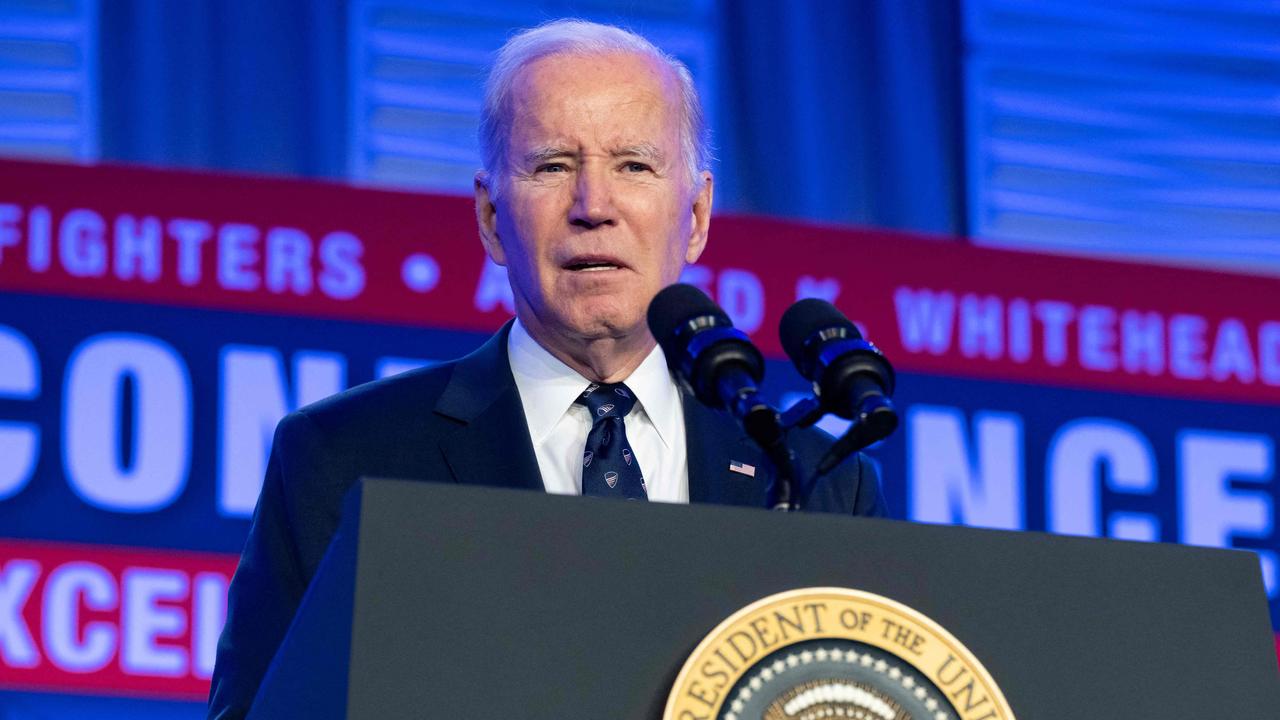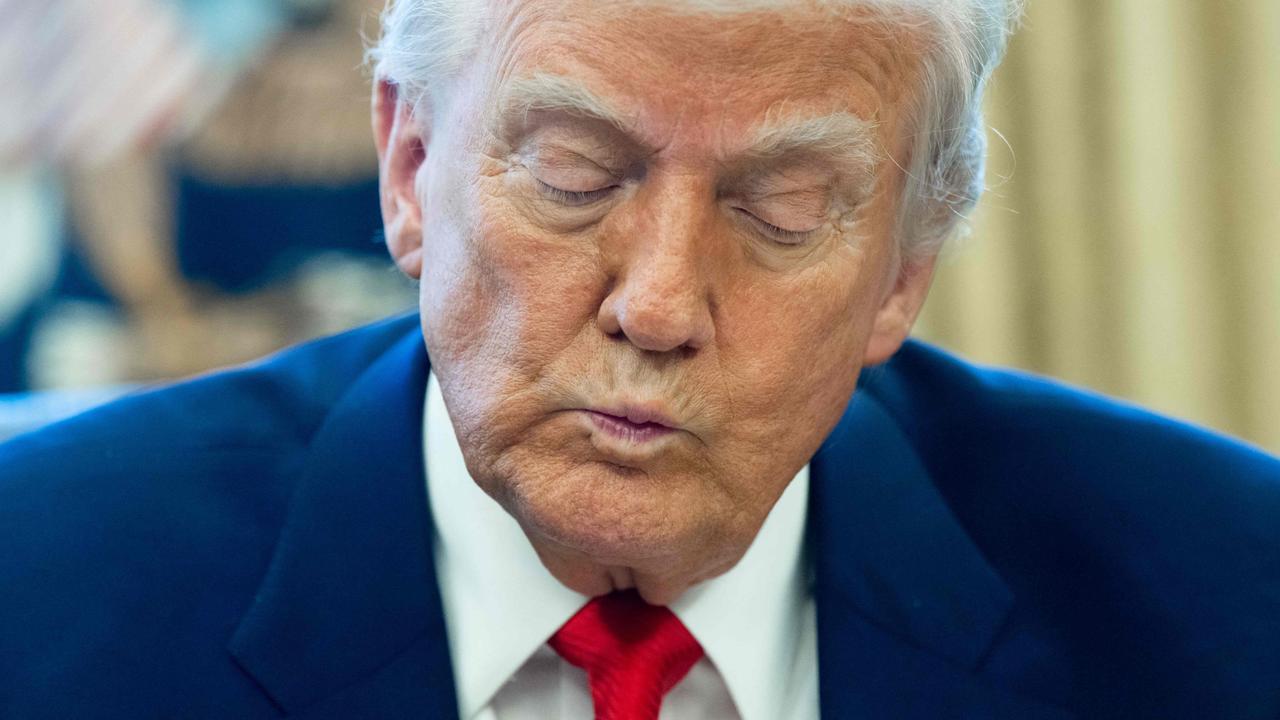United States’ bonkers interest rate rule sees inflation surge
Australia’s cost-of-living crisis is crippling millions as interest rates keep climbing. In the US, homeowners don’t feel it because of one rule.

The US economy is running hot. Well, that is a bit of an understatement.
Inflation is at the highest level since the early 1980s, while the US unemployment rate is at its lowest level since early 1950s.
In Australia, the picture is much the same. Record inflation and soaring interest rates — which were this week raised for a 10th consecutive month — have created a cost-of-living crisis impacting millions.
But while there are some similarities, there is one key difference between the way the two countries tackle inflation.
The Reserve Bank in Australia raises the cash rate and banks in turn pass the rate change on to borrowers.
The idea is that homeowners won’t spend as much because they are scrambling to pay higher interest each month on their mortgage.

When the RBA passes on a cash rate hike, the majority of borrowers feel it because they are on variable loans. Fixed rate loans rarely exceed five years — banks won’t give them out longer than that.
In the US, that is not the case.
Long-term fixed rate loans — some as long as 30 years — are extremely popular and most borrowers are on fixed loans.
So when the Federal Reserve — otherwise known as the Central Bank — raises rates, only a portion of borrowers are forced to cut back.
Inflation doesn’t drop if people keep spending. And that’s exactly what’s happening now.
The US finished 2022 on an inflation rate of 9.1 per cent, which is 1.3 per cent higher than the inflation rate in Australia.

Australians, US struggling to rebound from pandemic
The initial boom in inflation in both countries was tied to fiscal stimulus due to the Covid pandemic. Australia had JobSeeker, the US had much more direct transfer style.
Then the Russia-Ukraine war came along, further increasing energy prices.
The US Federal Reserve has already raised interest rates faster and higher than in Australia in an effort to dampen the economy.
So why isn’t it cooling the economy? And why do American’s keep spending?
James Morley is Professor of Macroeconomics at the University of Sydney.
He said one of the key differences between the two countries is wage growth, which has gone up considerably faster in the US than in Australia.
“Wage setting is done in a different way compared to Australia where there is a lot of enterprise bargaining,” he said.
“It means services inflation (the main cost of providing services is labour) is going up at a faster rate and you are seeing inflation much more broadly in the US economy.
“Previous high inflation was largely due to goods inflation in the US.”

Interest rates
There’s also a massive difference in the way interest rates are used in the US compared to Australia.
Mortgage rates in the US are often fixed for the life of the mortgage, which means people who took out a mortgage for 30 years when rates were low are cruising.
The Fed can increase rates but it will only impact new home buyers.
In essence, it means people are not buying homes and inflation is, predictably, not coming down. Because why would people stop spending if they are largely unaffected?
“Monetary policy can be much more powerful in affecting retail sales in Australia than in the US because so many Australians have variable mortgage rates and have much higher levels of mortgage debt,” Prof Morley said.
Household mortgages though aren’t the only way to cool the economy.
“The other way, more directly linked to interest rates is durable goods purchases (new cars, new washing machine).
“They are definitely impacted by higher interest rates, as well as businesses deciding on whether to conduct long-term investments,” said Professor Morley.
What happens next?
Stephen Loosley, a senior non resident fellow at the United States Studies Centre said over the long term the US economy will dampen.
“We will see prices come down,” he said emphatically.
“There is evidence of that everywhere from property markets to supermarkets. And over time inflation will come down to two per cent which is the objective in Washington.”
He said US President Joe Biden has done better than what his critics are giving him credit for.
“He could have been more interventionist in terms of some of the spending by Congress,” he said.
“The Republicans are insisting on spending reduction measures, the Democrats are saying you can’t touch social security or Medicare.”
Either way, the journey ahead looks far from smooth.






